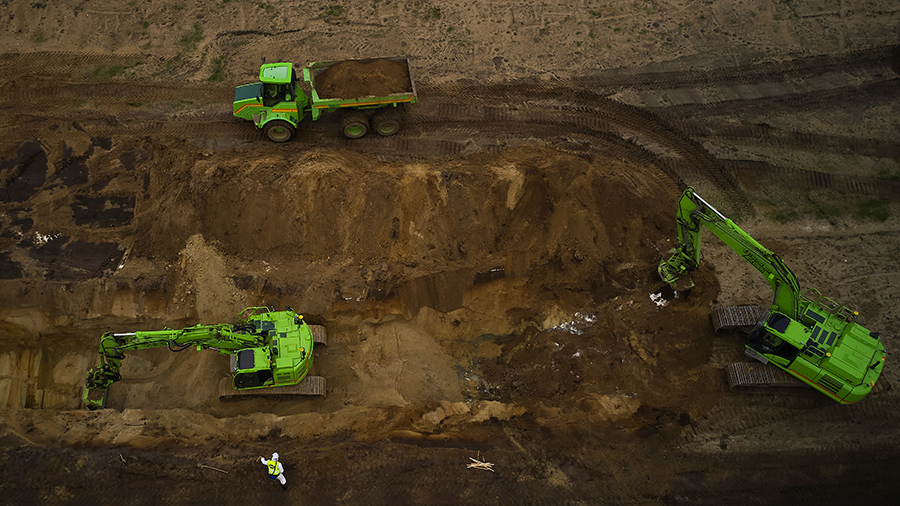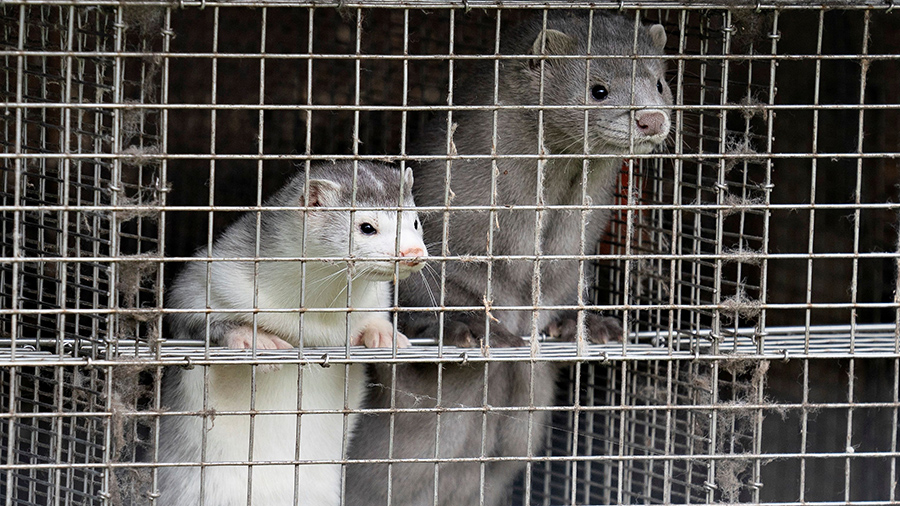Only a few months ago, Denmark was rushing to cull 17 million mink in its more than 200 fur farms after the discovery of COVID-19 cases among them that risked a spillover into humans.
Now, the country is racing to dig up the animals from their mass graves after concerns were raised that the millions of decomposing little bodies might contaminate the local groundwater.

On May 13, teams started digging up some of the 13,000 tons of mink carcasses due to be unearthed, which were then transported to the nearby Maabjerg Energy Center (MEC) for incineration. /Ritzau Scanpix/Mikkel Berg Pedersen via Reuters
On May 13, teams started digging up some of the 13,000 tons of mink carcasses due to be unearthed, which were then transported to the nearby Maabjerg Energy Center (MEC) for incineration. /Ritzau Scanpix/Mikkel Berg Pedersen via Reuters
The decision to cull the country's entire mink population wasn't quite the speedy solution to an imminent catastrophe the Danish government had in mind when it was approved.
Instead, it led to the entire government resigning over the declared illegality of the culling and then the buried mink literally rose from the dead.
It turned out that the mass graves for the millions of mink had been too shallow and the gases released from the decaying bodies started pushing the dead animals up to the surface.

Denmark has banned all mink breeding in the country until 2022, leaving the country's fur industry uncertain about the future. /Henning Bagger/Ritzau Scanpix/via Reuters
Denmark has banned all mink breeding in the country until 2022, leaving the country's fur industry uncertain about the future. /Henning Bagger/Ritzau Scanpix/via Reuters
Then, the Danish Environmental Protection Agency issued a report estimating that the culled mink risked infecting the local groundwater in two to three years if not removed.
The operation to excavate the bodies of the mink and incinerate them, which is expected to take two months, only started in mid-May.
But Denmark's mink saga might not be over just yet... there are reportedly plans to use the incinerated dead mink to generate heat and electricity for households.
Cover image: Ritzau Scanpix/Mikkel Berg Pedersen via VCG

